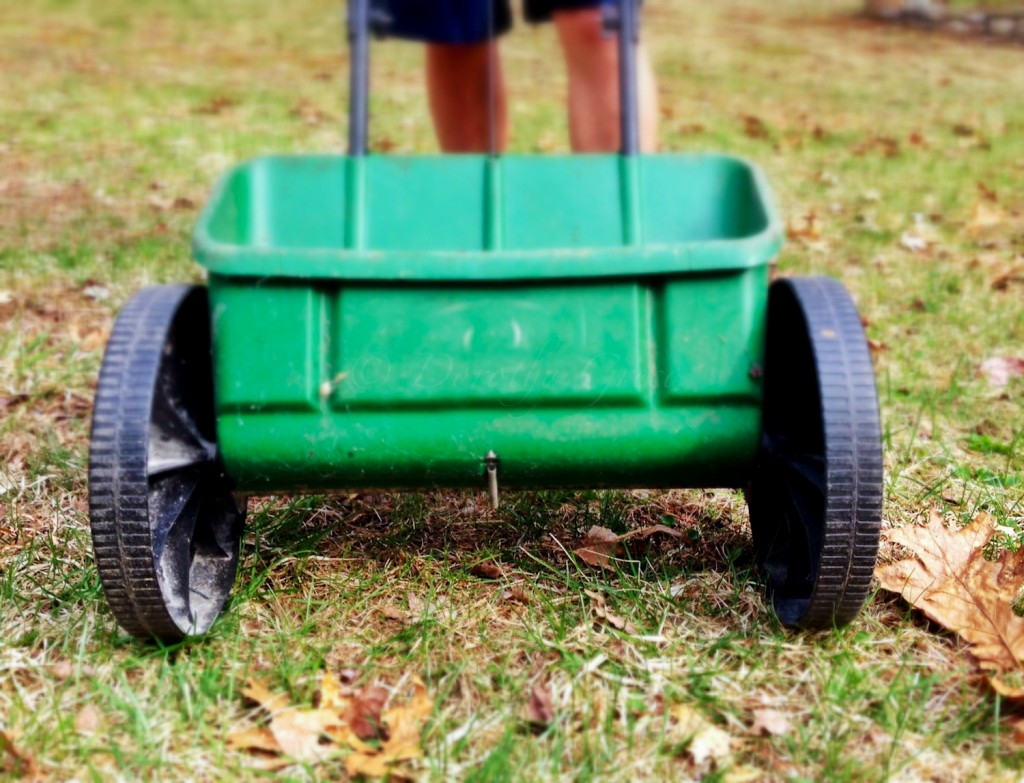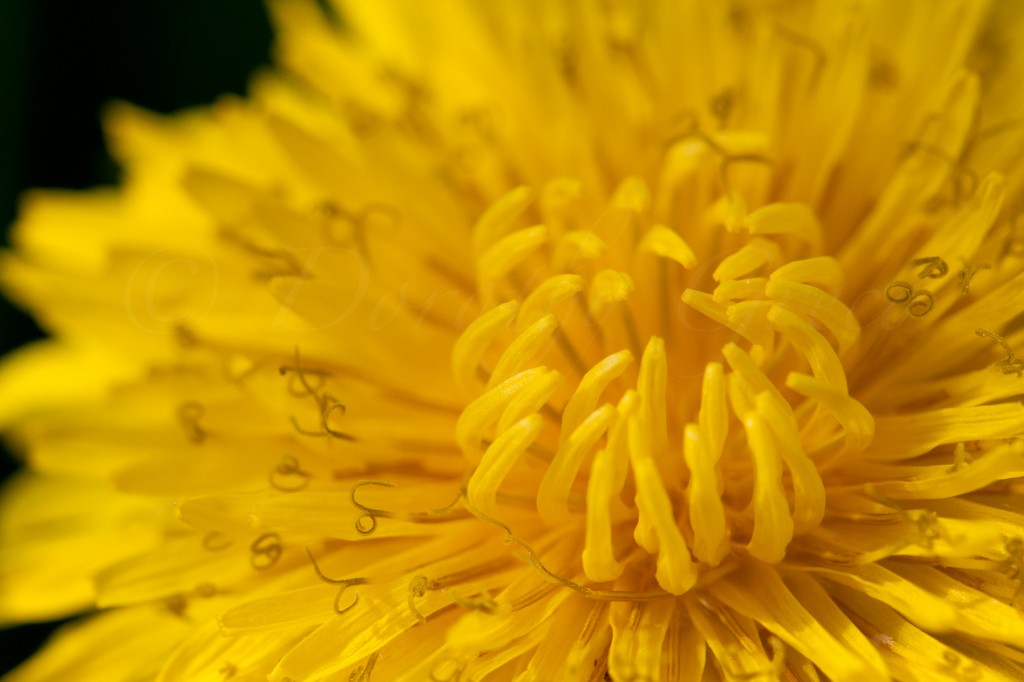As I plop the forty-pound bag of organic fertilizer into the back of our ancient mini-van, I ask myself, “Why, exactly, am I spending twice as much for this as I would for the synthetic version?”
The forsythia will bloom this week and means it’s time to feed the grass. We live on the edge of conservation land. We have a well. Our yard is brimming with salamanders, toads, woodpeckers, fox, deer (which I prefer remain in the conservation land!), as well as thousands of grubs, Japanese beetles, ticks, and mosquitoes. The destroyers by far out number the beneficial, beautiful animals.
We could get chickens to help reduce the bugs but we’re afraid we’d lose them to the fox and fishers. We could spray or put down poisons—which would be quicker and more effective—but we couldn’t do that without having an adverse impact on the ground animals, the birds, and potentially, our well water.
When I walk down the lawn care aisles of the big box stores, I can smell the toxins. I recently felt lightheaded when I spent too much time trying to pick out a new pair of work gloves. I wonder, why would I put something on our yard that warns me to cover my skin, wear goggles, and keep my pets off the grass for at least 24 hours?
According to Duke University, Americans put an estimated 30,000 tons of synthetic pesticides on their lawns each year. If you hire a lawn care company, they use approximately 32 different types of pesticides, 41% of them are banned in other countries. Companies that make synthetic fertilizers and weed control products are quick to state that some of the “organic” products are not what they claim to be. Take your reading glasses to the store with you. Organic products should consist of natural plant, animal, and mineral sources. If nothing else, avoid buying any products which list 2,4-D as one of the ingredients (AKA Agent Orange).
Americans tend to have an obsession with lush, green lawns. At the first sign of dandelions, we rush out to buy weed killers. But dandelions are actually good for the lawn and provided that they haven’t been doused with poisons, are medicinal wonders. And if you stop to really look at them, they are actually quite beautiful.
How often do we value appearance over more substantial qualities? Like having healthy bodies, having a healthy yard, one that flourishes and looks good, requires time and energy. Picking Japanese beetles off the roses by hand takes significantly more time than spraying them with chemicals. Ditto for uprooting weeds. By choosing to sow into the long-term health of my entire ecosystem (my family, our animals, and our yard), I am agreeing to spend more time and money. I am choosing to value one thing—protecting the earth—over another—saving money and having an enviable yard. Our neighbors will probably never longingly look across the street, but I feel pretty certain that the birds and bees, the salamanders and toads, and all of the other animals appreciate our choices. That’s good enough for me.
For further reading:
http://www.organicgardening.com/learn-and-grow/your-6-step-organic-lawn-plan?page=0,1
http://www.mofga.org/Default.aspx?tabid=756
http://www.popularmechanics.com/home/improvement/lawn-garden/organic-lawn-care-tips-47071704#slide-3
Have a wonderful, pesticide free weekend.

